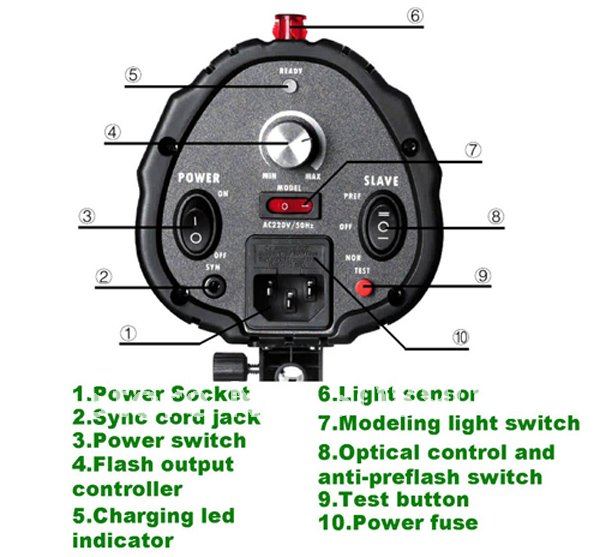An introduction to cheap, unbranded & universal fit Studio Photography strobes
Episode 2 of 1 minute 101's v2 - An introduction to cheap, unbranded & universal fit Studio Photography strobes.
I'm reposting some old studio lighting blogs from my old site host on to the new one, as they may help those new to studio photography. I actually had a conversation just the other day with a client that covers things featured in these videos, so hopefully these will find you well, and that I don't find them too cringe while putting these blogs back together.
In today's 101, I cover the first strobe lights I ever bought! They're small, they're basic, but ultimately they can do what you need them to do. I always say this, but a light is a light is a light, and what you are paying for is consistency, convenience, build quality and of course, adaptability, via either the available modifiers, or the in built special features on more specialist and professional heads.. certainly as tech advances. Suggesting these are universal fit may imply the latter, but in reality they're quite limited. Mounts refers to how we attach modifiers to strobes lights. We'll cover both modifiers (and terms such as soft boxes, umbrellas, beauty dishes etc) and how to attach them to photography strobe lights in a later video, but in short, without buying an added extra in the form of a mount converter, you can't open up the real world of lighting modifiers that are readily available for more popular brands / mounts because universal fit mounts are very niche and only really exist on these introduction style lights.
While my strobes were unbranded, because they were cheap and cheerful, most budget companies sold a variant of them with their branding on. Most notably Godox, who are one of the kings of budget photography, yet they have reasonably well functioning gear. In fact, one of the major players, and probably the most notable strobe mount of choice for many photography brands, Bowens lighting suffered as a result of Godox being able to do what they do, but for far cheaper. Godox, like many lighting companies, favour the Bowens s-fit mount, so as soon as you step up and above from their cheap universal introduction strobes, you'll be in to the for more useful Bowens mount territory. Undoubtably, Godox helped put Bowens into liquidation. The cruel irony of all this is, that, Godox were also helping manufacture some Bowens strobe lights too! Since then, Bowens have been bought out and back to life by the same company whom own WEX photographic I believe (or at the time of writing), and Godox now manufacture all Bowens lights in their factory, but to the Bowens brand specifications!
Basic functionality of any strobe light

I've included above, the back of the Godox 300DI with a key to all its functionality.
A light is a light is a light, right?
Sure, but to be useful in a photography studio, they really need some basic functionality to make the most of them, and for you to not be feeling frustrated or too chastised in the process - and having said that, there's typically always some physics limiting you as a photographer, but it's your job to use it to your advantage, or to take it into account in advance so that it doesn't become an issue outside of a convenience or luxury!
Again, we will cover a bunch of these functions regarding syncing lights and how they talk to the camera in a future video/blog, so for now I'll just focus on the one thing here... the exposure dial. Exposure is the amount of power output the light has. Believe it or not, you can get fixed exposure strobe lights, with the concept being that you use distance to control the output. A light is a light is a light, but equally, a light's distance to its subject will also change that lights 'quality' too, so while having the ability to move a light as a tool for exposure should not be scoffed at when nothing else is available, having the ability not to so, will serve you more.

Included above is a picture of the plastic light mount where the light its self attaches to the light stand. This was just to make a quick point about how poorly made these are, in fact, you can see in the video that I've modified mine with a washer and new bolt given the thread went on the old one. They can also snap, and they can't hold the weight of a decent modifier without collapsing in on themselves. They do say that if you buy quality, you only need to buy once.. but consider this, that lack of convenience and the possible trouble at an amateur or at a hobbyist level will result in a world of amateur engineering, plan b's, and experience for when shit will inevitably hit the fan as pro.. and it will, and you'll be more prepared than most! You'll be happy to hear, however, that while we do have these knocking around Splash Point Photo photography studio simply because I still have mine from back in the day, they're not by any stretch our main lights, and no one really uses them - but they're there if you wish to expand your set-up. I will occasionally use one if I'm using a massive lighting set up, or just for convenience because they're smaller and easier to hide in shot.
